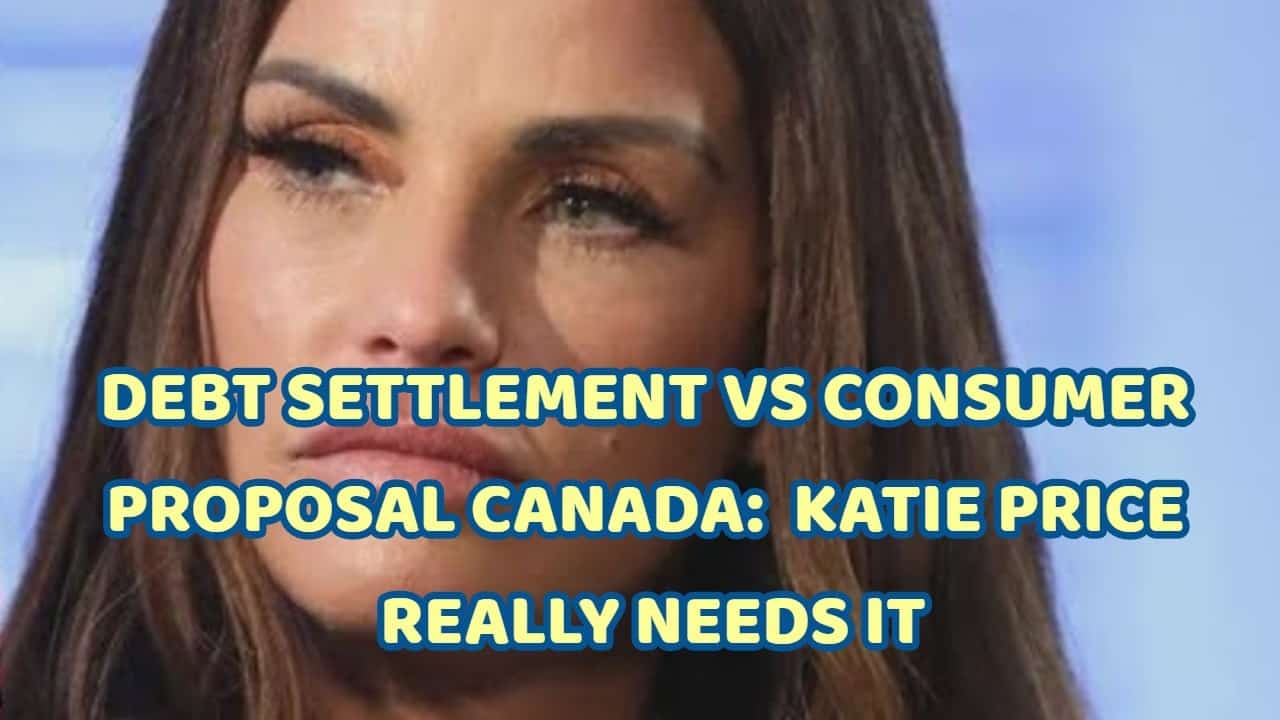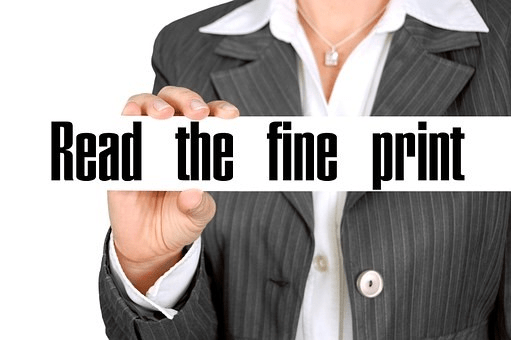Debt settlement vs consumer proposal Canada: Introduction
This debt settlement vs consumer proposal Canada Brandon’s Blog is to tell you a story how a once very rich person can run into debt troubles. If you want specific information about the difference between debt settlement and consumer proposal, read our blog “DEBT SETTLEMENT OR CONSUMER PROPOSAL CANADA: NEW CANADIAN GOVERNMENT REPORT EXPOSES DEBT SETTLEMENT COMPANIES HARMING CONSUMERS” published May 3, 2017. You may also wish to read our blog “FAMOUS CELEBRITY BANKRUPTCIES HAPPEN TOO”. Katie Price certainly fits into that crowd.
To find out more about how a consumer proposal works, you can also use the search function in our Brandon’s Blog site for any of the following phrases:
- is consumer proposal worth it
- consumer proposals faq
- disadvantages of consumer proposal
- consumer proposal vs credit counselling
- how much does a consumer proposal cost
- consumer proposal pros and cons
- what happens after a consumer proposal
This will bring up more of our blogs on this topic.
Debt settlement vs consumer proposal Canada: The Katie Price Story
English former beauty model, reality TV star, and businesswoman, Katie Price, was a self-made success that had scooped ₤45 million after years of brilliant business transactions and plain old hard work. Unfortunately, the former glamour model will not have the ability to delight in the fruits of her work. It is said Katie is on the brink of bankruptcy having spent all her fortune.
Debt settlement vs consumer proposal Canada: Working for a pair of “knickers”
Things seem to be so bad the for the reality TV star mom. She once was paid for a social media post with one pair of slacks. Her ₤2 million Sussex estate has fallen under a state of disrepair. The swimming pool is dirty, yards are thick with growth and the tennis courts are abandoned. Katie, 40, has additionally begun marketing her horses and llamas. The ₤77,000 Audi she purchased for separated hubby Kieran Hayler for his 30th birthday celebration is also for sale.
The modelling jobs have dried up and last month she even admitted staging lewd images in Thailand with toyboy Kris Boyson. She was spotted mowing her own lawn amid claims she’s started laying off staff to stay in the black.
Debt settlement vs consumer proposal Canada: How Katie Price spent her money
Taking to Instagram, she also admitted the bailiffs had visited her house to demand £3,000 for an electricity bill. But what has the mother-of-five spent all her money on? On top of that, she’s said to have spent £120,000 on housekeepers, gardeners, and nannies – one of whom Kieran claimed to have had a year-long affair with.
Katie Price was also visited by bailiffs demanding the £3,000 she failed to pay an electrician. Her monthly heating bill apparently comes to £2,000 because she keeps it on 24-7, and her other monthly outgoings include £1,500 for twice-weekly manicures and pedicures, £1,000 on getting her hair done, £800 on massages every other day, £800 on a makeup artist, £400.
And that’s not to mention the apparent £60,000 a year she’s forking out on farm machinery such as a tractor and milking machine. She also spends on a £25,000 annual cosmetic budget.
Last Christmas she confessed ₤2,000 spent on decorations. She feared it may be her terminally ill mother Amy’s last one.
Debt settlement vs consumer proposal Canada: How Katie Price is now earning money
And while back then she generated millions from her scents, publications, reality TV show as well as x-rated shoots, nowadays her only source of work seems to be her program, My Crazy Life Now. She is determined to make back some money. Katie claimed to be intending to revive her beauty version alter ego Jordan. She also plans a release of a variety of sex playthings.
One source was quoted as saying “Katie told me when all else fails sex sells”. “It’s the way she’s taking things – she’s bringing back Jordan to fix her finances. She said that it was a no-brainer to go back to her old image.”
Debt settlement vs consumer proposal Canada: Are you in need of debt settlement?
If you’re thinking about debt settlement or a consumer proposal or are looking for ways to end your financial debt call Ira Smith Trustee & Receiver Inc. We understand the stress and pain your financial problems are causing you. We feel your pain and we can end it for you.
Our strategy for every single person is to develop a result we’re Starting Over, Starting Now comes true, starting the minute you walk through our door. You’re just one call away from taking the necessary actions to get you your debt settlement and back on the road to leading a healthy and stress-free life.




